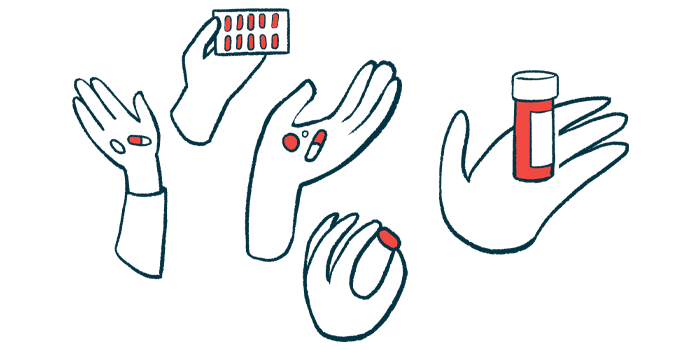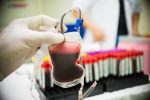Osteoporosis Medication Raloxifene May Be Effective for Scleroderma
Patient stem cells offer a promising way to test potential therapies for rare diseases
Written by |

Raloxifene, a medication used to prevent bone loss in postmenopausal women, was able to reduce fibrosis, or scarring, in cell and mouse models of systemic sclerosis (SSc).
The research team noted that the patient stem cell-based model they used offers a promising way to evaluate therapeutic candidates for rare diseases like SSc.
The study, “Anti-fibrotic effect of a selective estrogen receptor modulator in systemic sclerosis,” was published in the journal Stem Cell Research & Therapy.
SSc is a chronic autoimmune disease affecting the skin and connective tissue, which supports and holds organs together. It is caused by the buildup of a protein called collagen, the main component of scar tissue.
Developing new and effective treatments for SSc is challenging due to the symptom variability and rareness of the disease. A further challenge is that patient samples for therapeutic development are scarce.
How did researchers develop their stem cell model?
A team of researchers in South Korea identified that one promising strategy to overcome this limitation is to leverage the use of induced pluripotent stem cells derived from patient samples. These stem cells have the capacity to become virtually any cell type when treated in culture with certain chemicals.
The cells will have the same disease features as the patients they were taken from, and can be used to test potential therapeutics.
The researchers collected blood from five SSc patients and three healthy controls to obtain stem cells that were then used to generate keratinocytes and fibroblasts — two cell types that help form skin.
The cells that were generated from patients showed characteristics consistent with SSc, including greater proliferation, or growth, of fibroblasts — the process underlying fibrosis — and higher levels of collagen, a connective tissue protein implicated in the disease.
Cells were then grown in cultures to produce three-dimensional “mini-organs,” or organoids. Those organoids from patients again showed signs of fibrosis both in cultures and when transplanted onto the skin of mice.
With their model of SSc validated, the team set out to determine whether any of 770 approved medications might be able to reduce excessive growth of the patient-derived fibroblasts in the organoid model. They found that 48 compounds could do so. Of them, 13 were also able to lower the collagen content of the cells.
Dactinomycin (an antibiotic used during chemotherapy) and raloxifene were particularly effective. Both of these compounds were able to significantly lower collagen levels in the presence of TGF-beta, a protein known to promote fibrotic processes. Raloxifene was also able to significantly lower levels of alpha-smooth muscle actin (SMA), another marker of fibrotic tissue.
The researchers confirmed the anti-fibrotic effects of raloxifene in two other ways. First, they treated the iPSC-derived fibroblasts from patients with TGF-beta and gently scratched the cells to produce a wound. Results showed that while TGF-beta caused increased fibroblast proliferation, raloxifene was able to lower this effect, and also reduce levels of collagen, alpha-SMA levels, and other markers of fibrosis.
In a mouse model of SSc, daily injections of raloxifene significantly lowered signs of fibrosis, further confirming the anti-fibrotic effects of the treatment.
Raloxifene belongs to a class of medications called selective estrogen receptor modulators (SERMs) that can either increase or decrease activity at estrogen receptors in various locations in the body. It is used to prevent osteoporosis, or bone loss, in postmenopausal women.
“We suggest that the anti-estrogen drug of raloxifene has anti-fibrotic properties,” the researchers wrote.
“This is a clinically important observation because raloxifene is a very safe and well-tolerated anti-osteoporotic drug and our data suggest that it may be useful for intractable fibrosis in SSc,” the team added.
The researchers noted that a related SERM, called bazedoxifene, also showed similar anti-fibrotic effects in their experiments.
“Thus, SERM-class drugs might be candidate therapeutic drugs for SSc in the near [future],” the team concluded.







